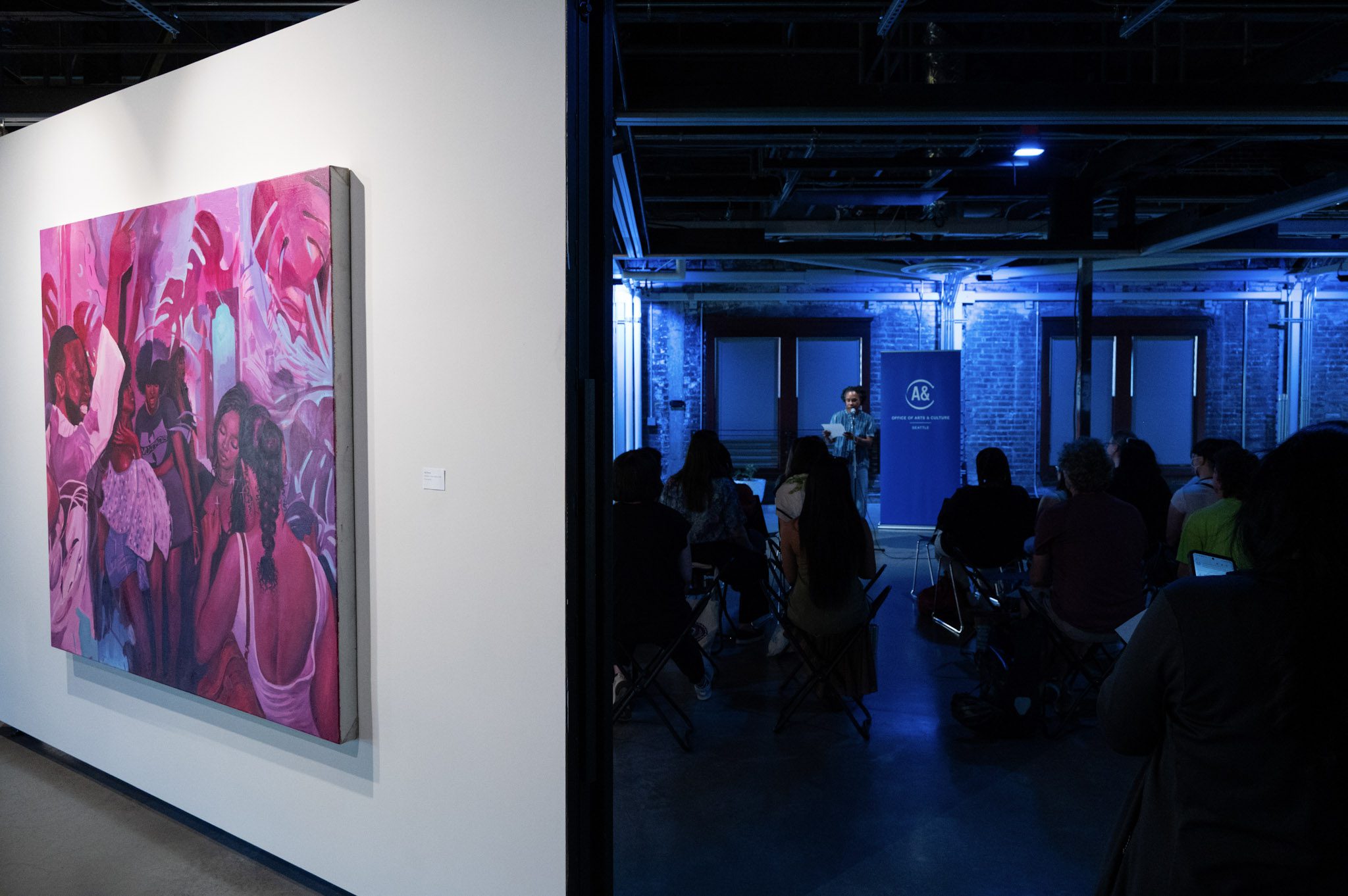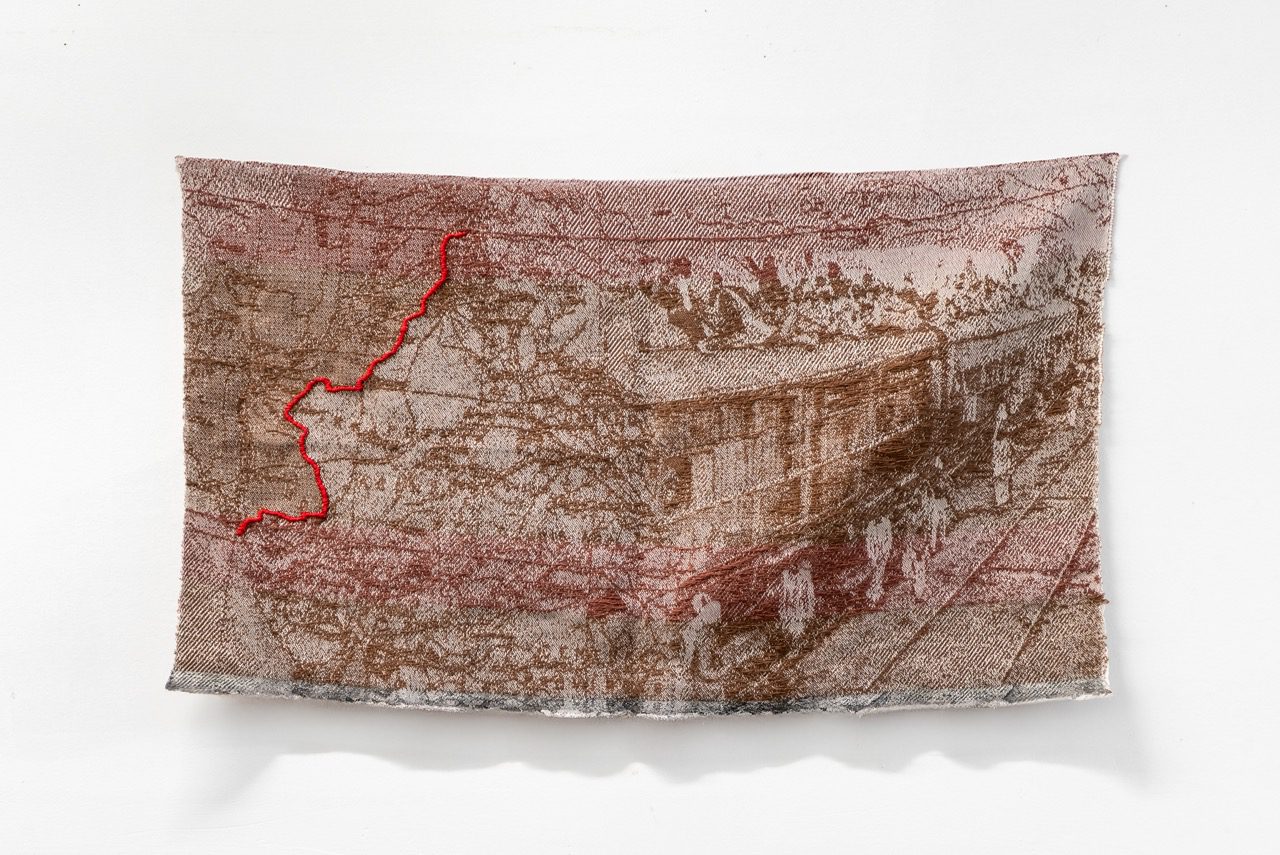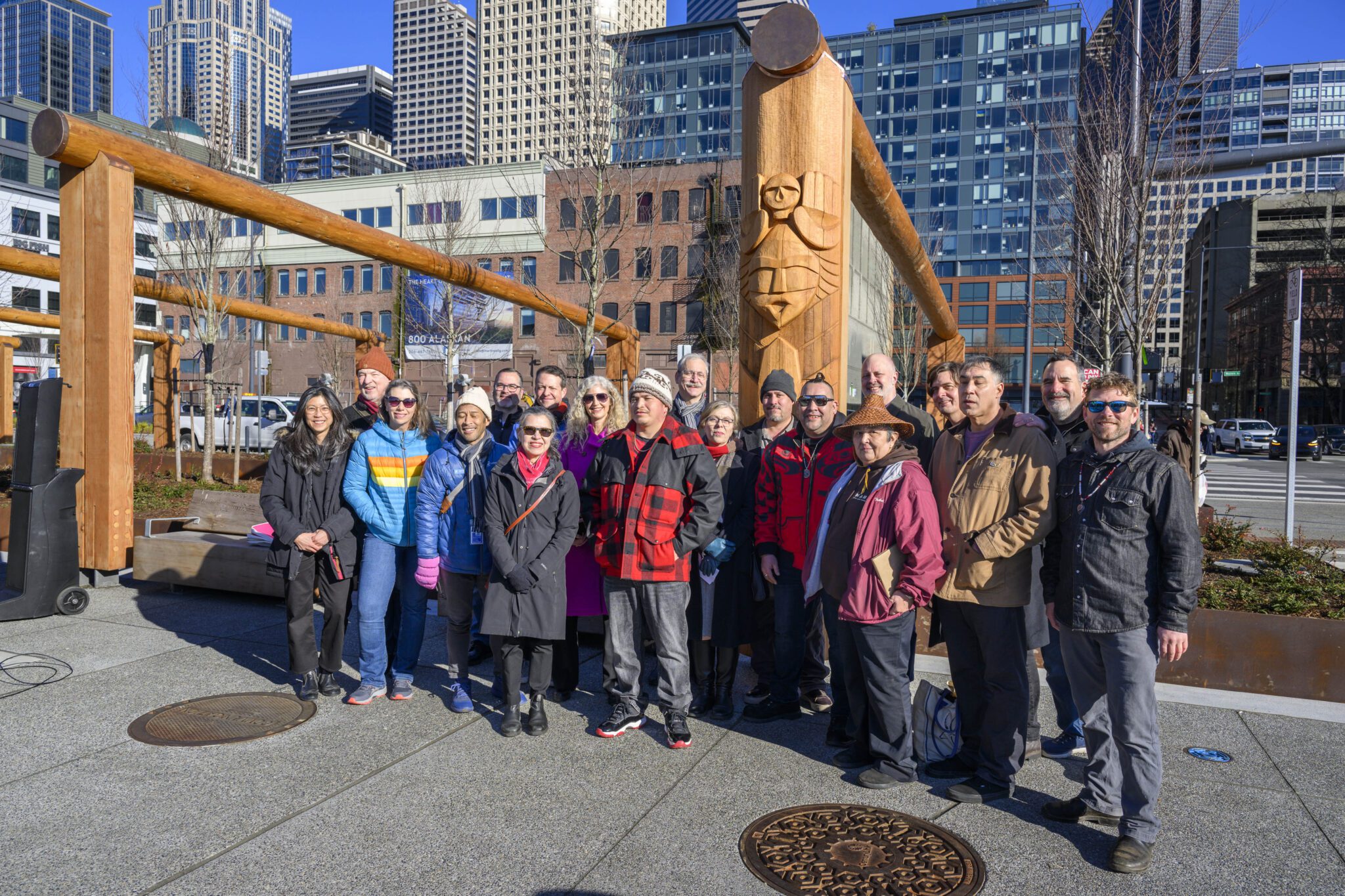 Photo by Tim Durkan.
Photo by Tim Durkan. On Jan. 25, we joined the Office of the Waterfront and Civic Projects along with artists, civic, and tribal leaders for a dedication of new publicly-sited artwork on Seattle’s waterfront. As part of the Oscar Tuazon artwork that spans from Columbia Street to Spring Street, the installation of two Indigenous cedar carvings by Randi Purser of the Suquamish Tribe and Tyson Simmons and Keith Stevenson of the Muckleshoot Indian Tribe are now complete.
In consultation with the Suquamish Tribe and Muckleshoot Indian Tribe, Oscar Tuazon initiated a project to honor a uniquely Coast Salish form that combines architecture and sculpture: the living tradition of carved house posts. Oscar Tuazon designed a three-block-long sculptural installation – To Our Teachers deqʷaled (Houseposts) – made up of 22 pairs of sculpted Douglas Fir post-and-beam structures, along with six individual posts, spanning over the planting beds and protected bike lane. The wood has been detailed, treated and constructed to withstand Seattle’s natural marine environment along the waterfront.
The redevelopment of Seattle’s waterfront has been a catalyst for building stronger relationships between the City and Tribal Nations. The new artworks by Shaun Peterson, MTK Matriarchs (Malynn Foster, Tamela LaClair and Kimberly Deriana), Randi Purser, Tyson Simmons, Keith Stevenson and Oscar Tuazon are a result of these efforts. These types of projects offer a unique opportunity to incorporate Indigenous perspectives in urban design and placemaking and engage Tribal governments in the type of work that can redefine the cultural landscape of the City. We look forward to working together to ensure the correct and appropriate presentation of Coast Salish culture, art, and history for the benefit of all Seattle citizens.
– Gülgün Kayim, Seattle Office of Arts & Culture Director
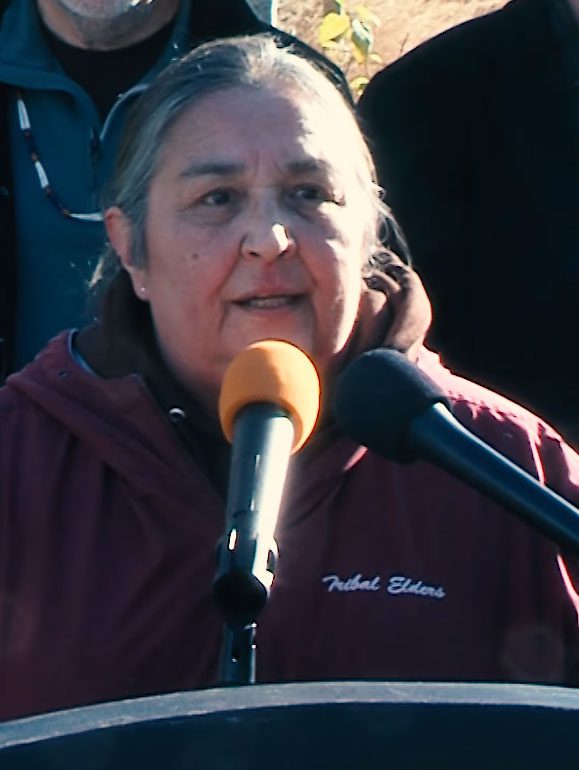
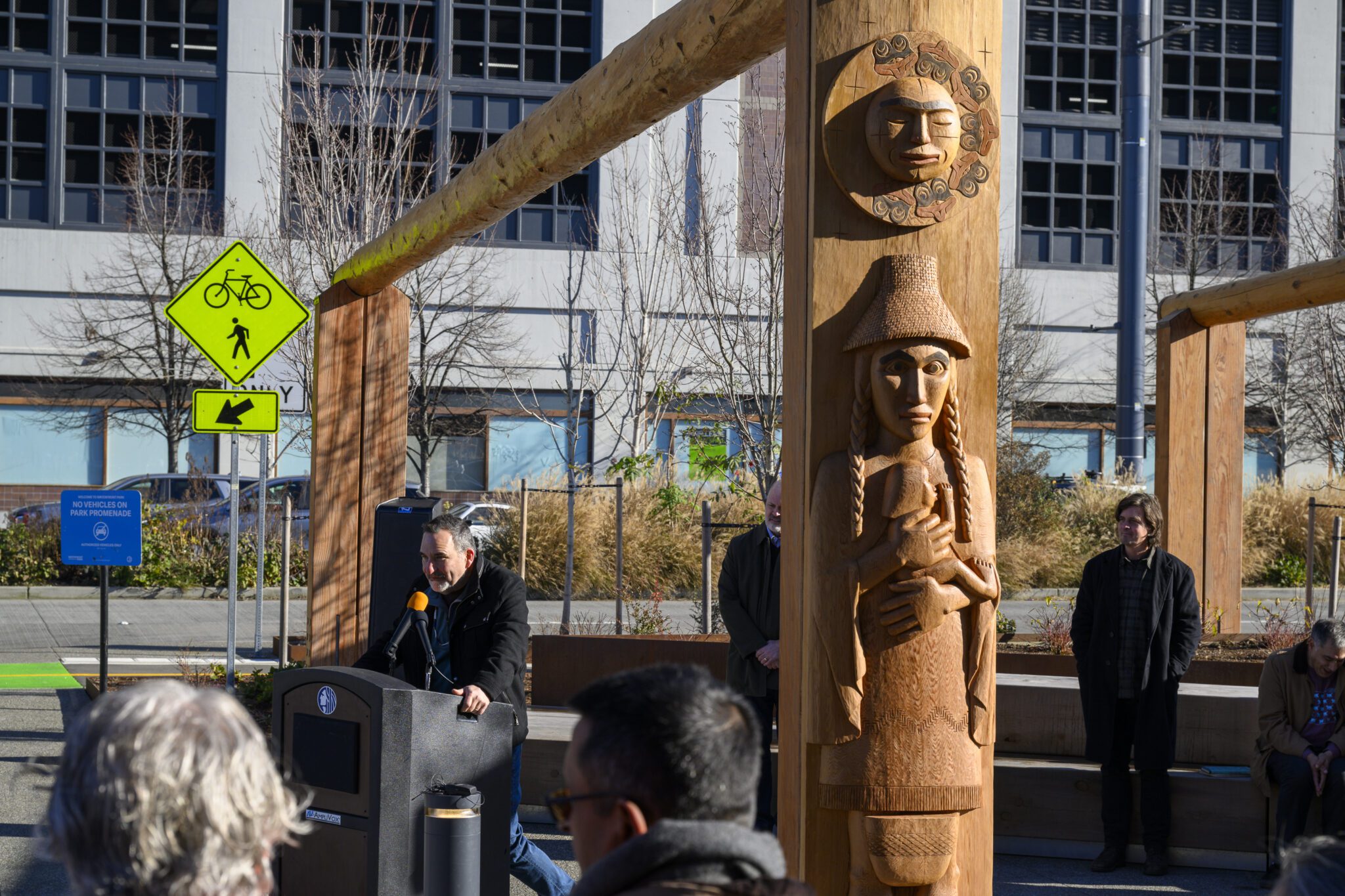
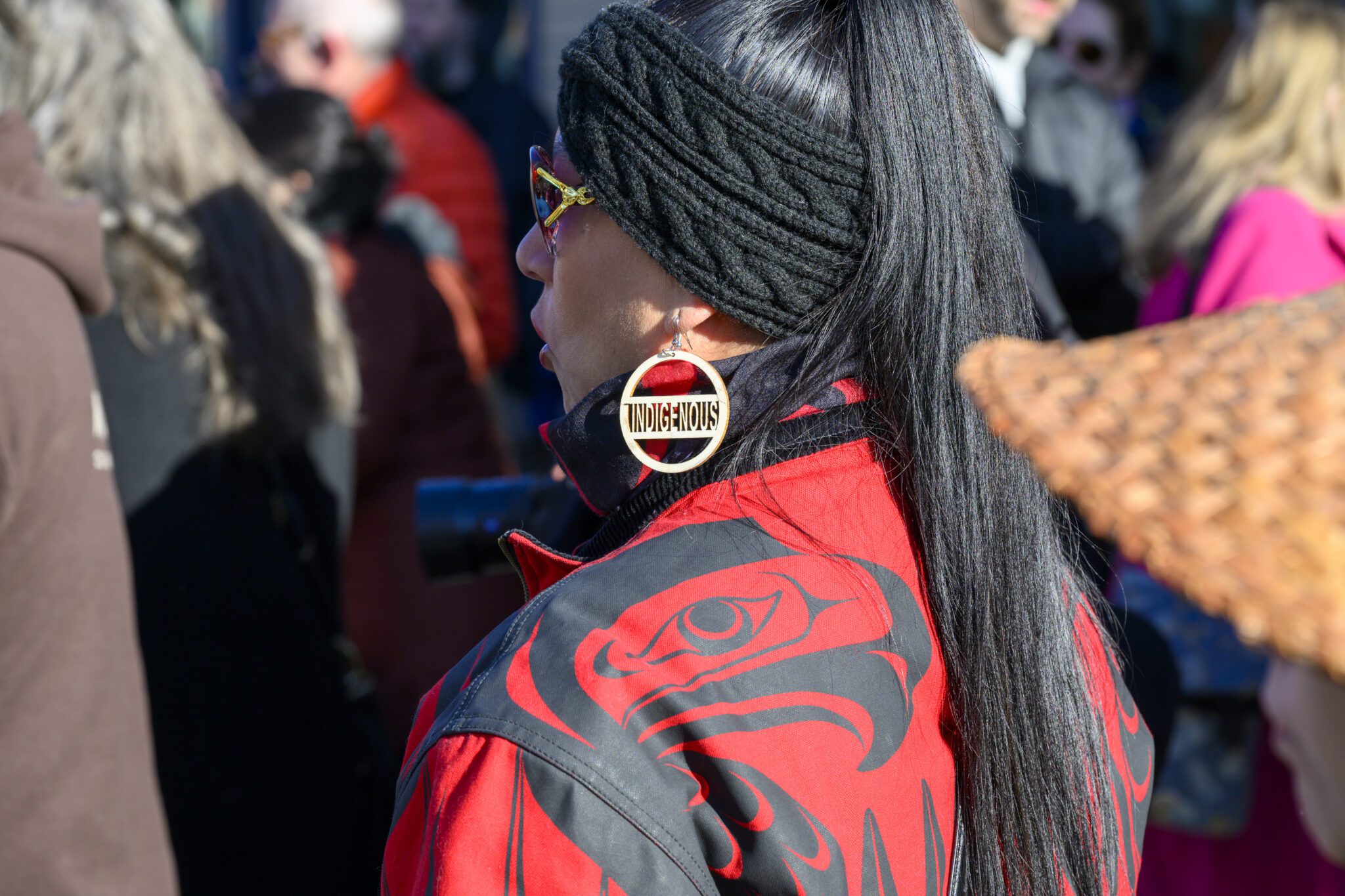
As we transform Seattle’s waterfront, it has been important to us that we honor its history and move forward with intention. We want visitors to remember that Waterfront Park stands on the lands and shared waters of the Coast Salish Peoples, whose ancestors have resided here since time immemorial. The original inhabitants of the region built structures along the shore. These new artworks honor the important cultural history of the waterfront. I hope it encourages visitors to reflect on how we, as a city and a region, hold space for Indigenous communities not just in our past but into the future.
– Angela Brady, Office of the Waterfront & Civic Projects Director
This collaborative project with the carvers invites visitors to learn from the longhouse and envision Indigenous futures on the Salish Sea. The two carvings were added on the west side of the beams, facing the Park Promenade and Elliott Bay. Tuazon has envisioned that the remaining west-facing posts provide an opportunity for additional artists from Coast Salish tribes to be commissioned for future carvings.
Randi Purser’s carving, Looking at All Tomorrows – ʔəslaʔlabəd kʷədi bəḱʷ dadatu – is a figure of Chief Sealth as an infant in the arms of his mother, Sholeesta. This carving has a counterpart on Bainbridge Island, a welcome pole depicting Chief Sealth’s father Schweabe, commissioned by the Bainbridge Island Parks & Trails Foundation for the South to Olympics Trail. Purser’s carving on the waterfront will be installed on the northernmost post.
Tyson Simmons and Keith Stevenson’s carving, Honoring Our Muckleshoot Warriors, for the southernmost structure, is in the form of a house post and honors a warrior, representing “strength and honor for the people.”

Stretching across three blocks with a rhythm of burnished fir posts, forming a scaffold for carvings by Coast Salish artists, this newest public art project will define space and will remind visitors that Indigenous peoples and cultures are an integral aspect of the waterfront and Seattle, as they have been since time immemorial.
These artworks join other publicly-sited works in Waterfront Park that reflect the culture, environment and stories of the waterfront. Three more artworks – by the MTK Matriarchs, Shaun Peterson and Ann Hamilton – are expected to be installed later this year.
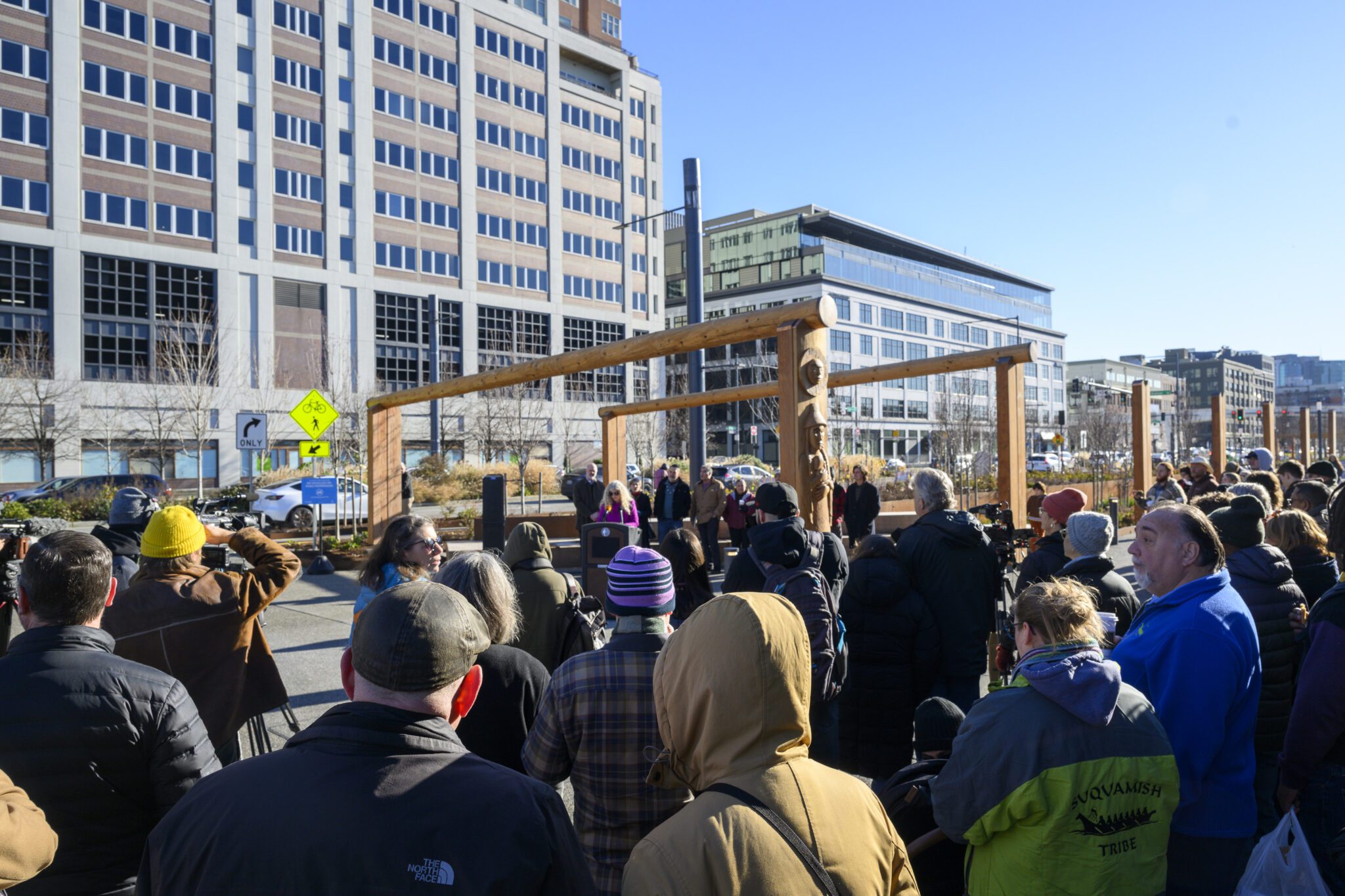
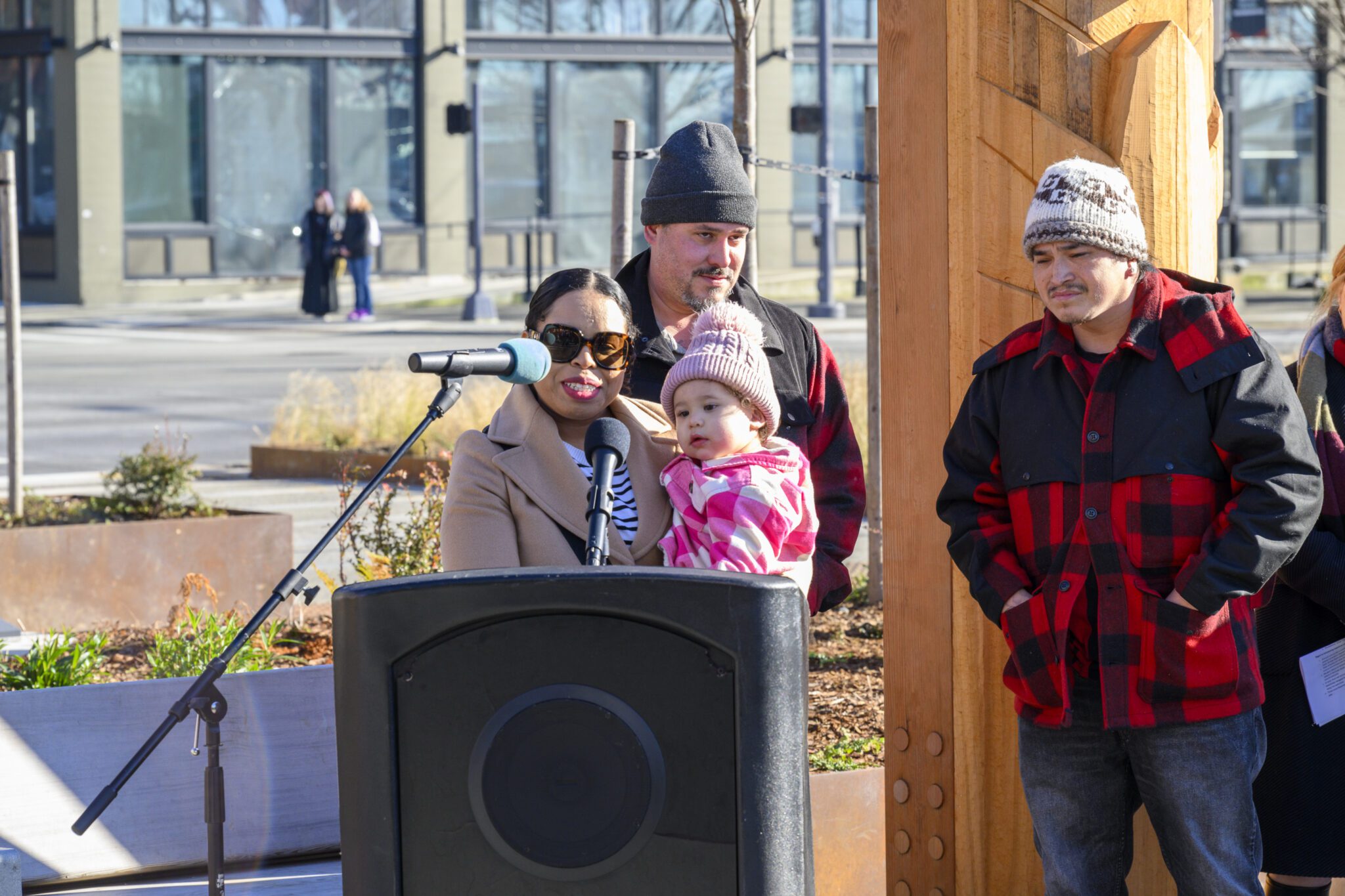
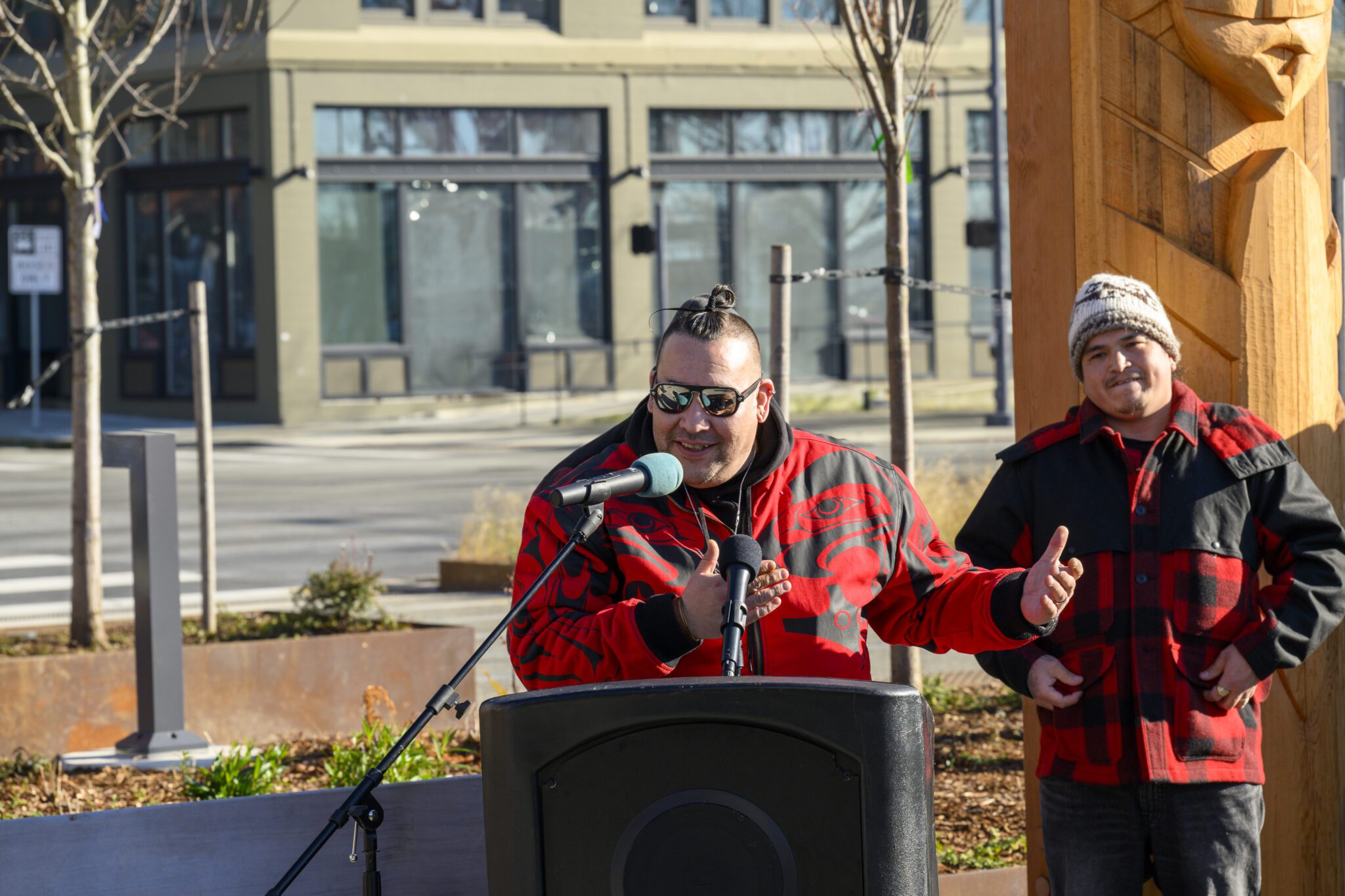
To Our Teachers is a framework for the future. Welcoming people at the edge of the water, the procession of post and beam frames are the beginning of a structure you can imagine in your mind. Inspired by the living tradition of deqʷaled, the distinctly Coast Salish housepost that unites sculpture and architecture, the construction is designed to support the continuous evolution of the artistic culture unique to Seattle.
Working on this project has profoundly changed how I think about art. The opportunity to work with Randi Purser (Suquamish) and Tyson Simmons and Keith Stevenson (Muckleshoot) and create a structure to showcase their work has really expanded my understanding of what artists are capable of through collaboration. Together we can create spaces for community. This is why I think of To Our Teachers as a structure continuously being built— this is not the final form of the work, it is just the beginning of something bigger than me.
– Oscar Tuazon, artist
The two (pole/post) together [one on Bainbridge Island and one on Seattle’s waterfront] represent a young family looking to a future of change always with grace and dignity.
– Randi Purser, artist
Muckleshoot fought and won two treaty wars. This warrior figure was inspired by the carvers’ warrior-uncle. Yet, it represents the valor and sacrifice of all our warriors to secure our land, our salmon, and our native walk of life. Our warriors all carried spiritual gifts that cloaked them with strength and protection. Fisher is depicted below the warrior figure to represent our warriors’ myriad powers without disclosing any of their individual powers. We carry the responsibility to remember and tell our stories. The work is guided by our ancient teachings. Our ancestors prayed for us. They didn’t know who we would be, yet they prayed for us.
– Tyson Simmons and Keith Stevenson, artists
Storytelling is part of our culture. This new permanent public artwork installed on our ancestral lands and featuring Tyson Simmons and Keith Stevenson (Muckleshoot Indian Tribe) in partnership with the Suquamish Tribe, honors and connects our past and our future.
– Chairman Jaison Elkins, Muckleshoot Tribe
The Suquamish Tribe is proud and excited to celebrate the installation of traditional native artwork on the waterfront of Seattle. We are especially thrilled about the completion of the art project by our treasured Suquamish elder and carver Randi Purser. Her work, that is part of another piece on Bainbridge Island, reflects our ancient presence on the waters between Seattle and the Kitsap Peninsula, named after two of our ancestral leaders. We thank the City of Seattle and the Friends of Waterfront Park for their commitment to this project honoring our heritage and traditions and the entire art team for their dedication and creativity.
– Chairman Leonard Forsman, Suquamish Tribe
These artworks were funded with Central Waterfront 1% for Art funds and administered by the Office of Arts & Culture and the Office of the Waterfront and Civic projects.

